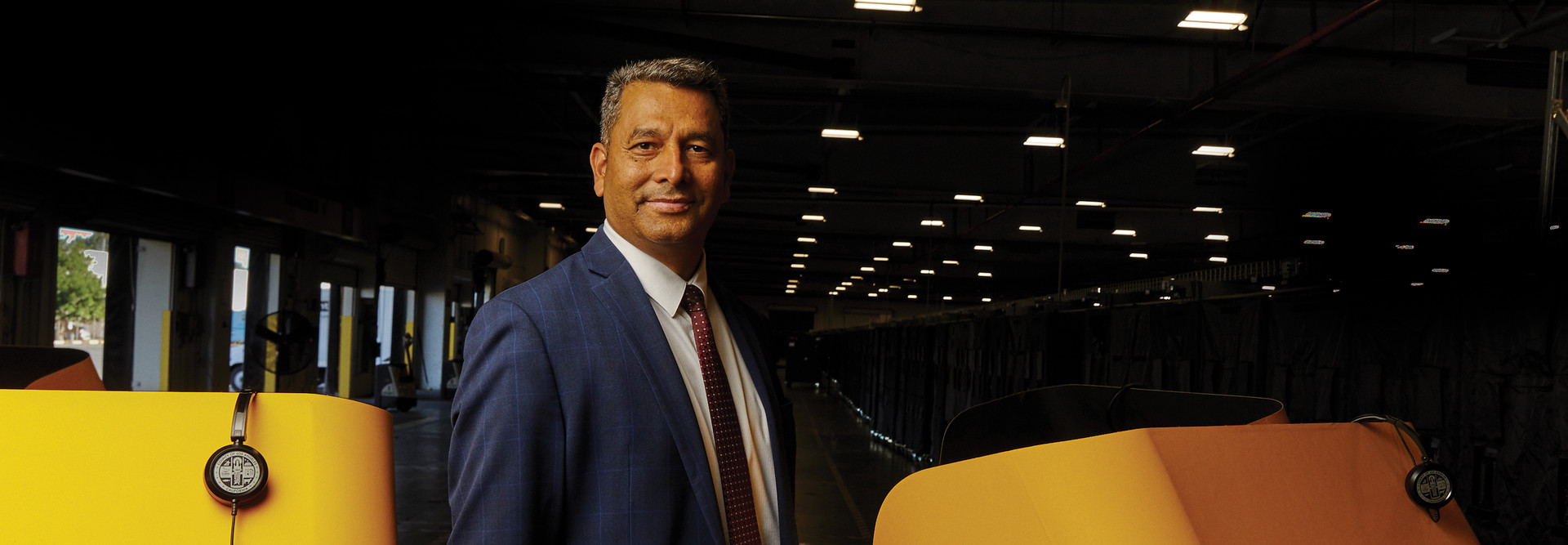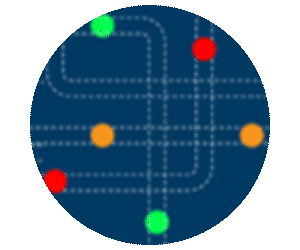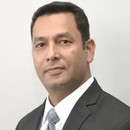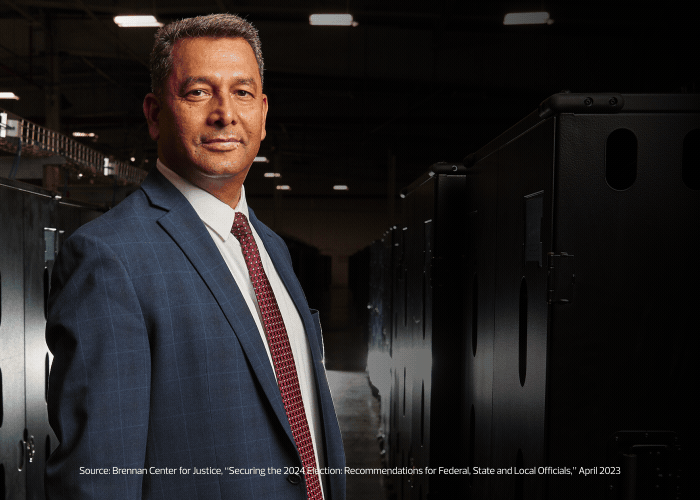“We want to be in the media for the right reasons,” Bhullar says. “Importantly, we want citizens to use our systems. It’s always an evolution. Every election, we’re learning, streamlining our processes and bringing in new technology.”
Since the 2020 general election, held at the height of the COVID-19 pandemic, local jurisdictions have introduced or enhanced systems to streamline and protect elections. Some have made significant strides in modernizing their voting systems, while others have been more cautious.
“Some of it is about budget. Some of it is that the applications they need to modernize have been around for 25 or 30 years and still work, but they can’t be upgraded securely,” says Rita Reynolds, CIO for the National Association of Counties. “And then there’s change management and the challenge of training election volunteers on new systems.”
“But the biggest challenge in election modernization is maintaining the public trust,” Reynolds says. “For example, electronic poll books are definitely a modernization tool that enhances the voter experience — they’re quicker and more efficient than manual methods — but the public needs to trust that e-poll books haven’t been compromised in any fashion.”
LEARN how LA County's Human Resources Department automated data analysis for its records.
Local Agencies Seek to Maintain Modernization Momentum
For its e-poll books, which provide election workers with the interface for checking voter registrations, LA County uses Apple iPad devices running software that maintains a constant connection to its central voter database. The poll books are used at about 800 voting centers, some in the county’s most rural areas, where broadband isn’t reliably available.
In addition to electronic poll books, LA County deploys a Cradlepoint E3000 router to each center, which offers secure, temporary networking via Ethernet, Wi-Fi or 4G/5G cellular connectivity.
“We’re even using satellite connectivity to help eliminate the digital divide,” Bhullar says.
Before an election, the IT staff installs fresh security certificates on all poll books and routers. “We make sure only the poll books are interfacing with the routers. There is no way a foreign device can get into our network,” Bhullar says.













